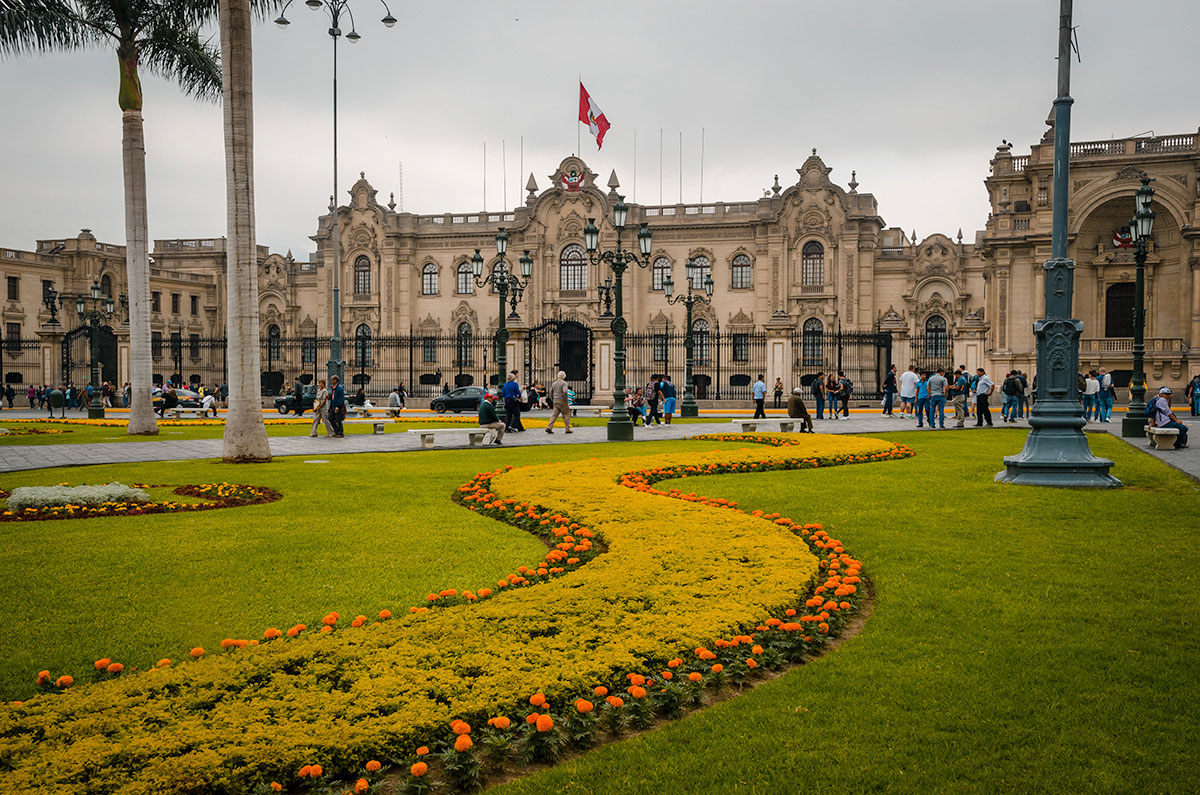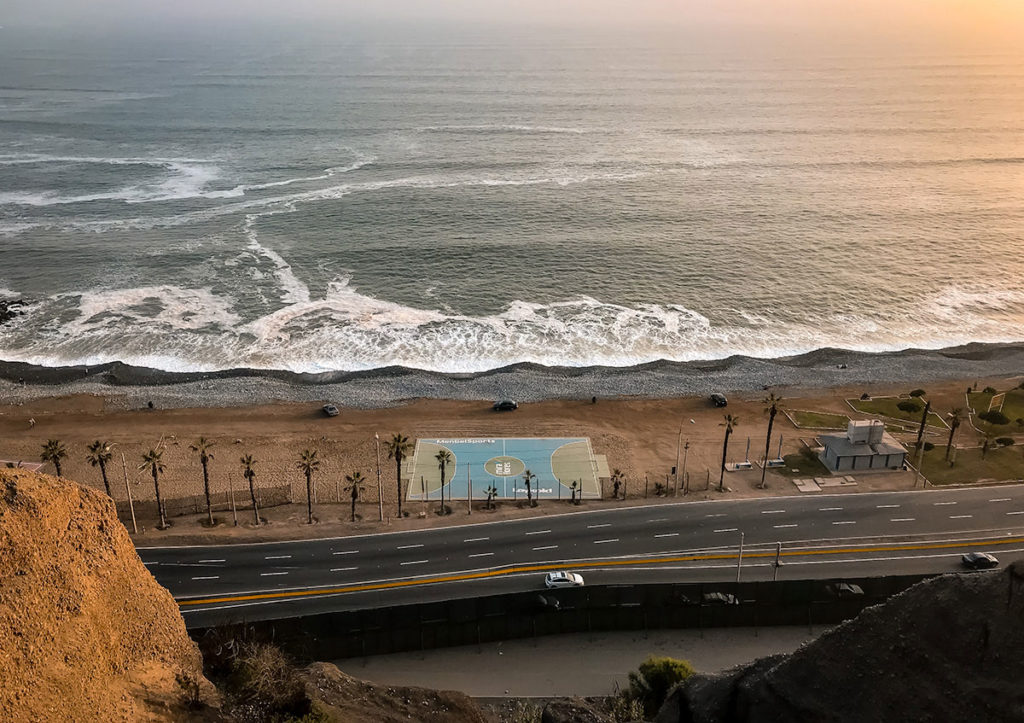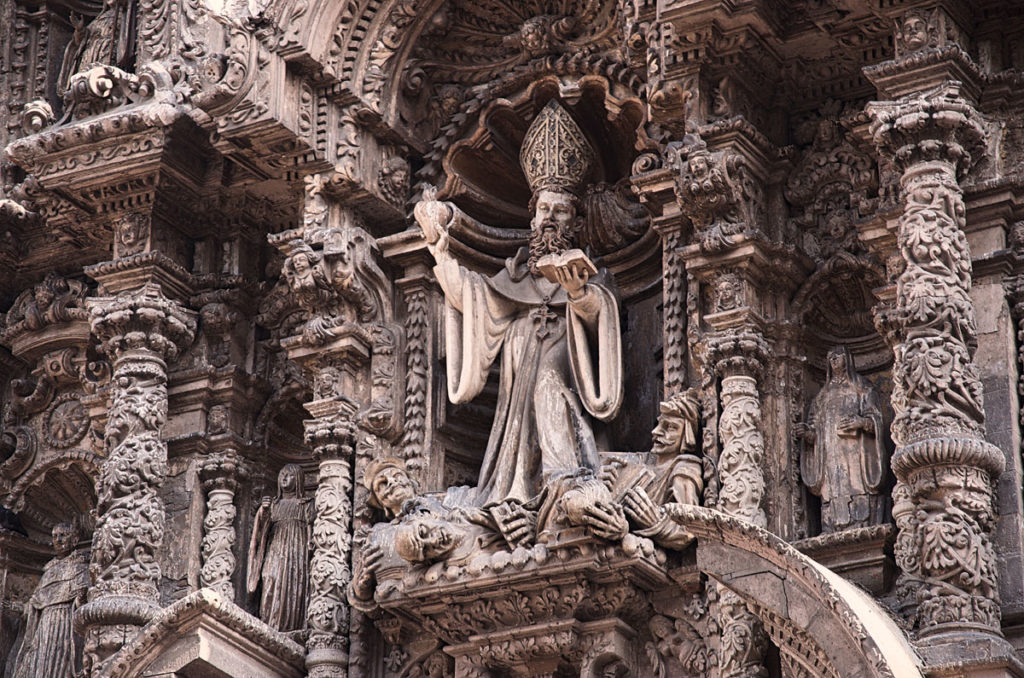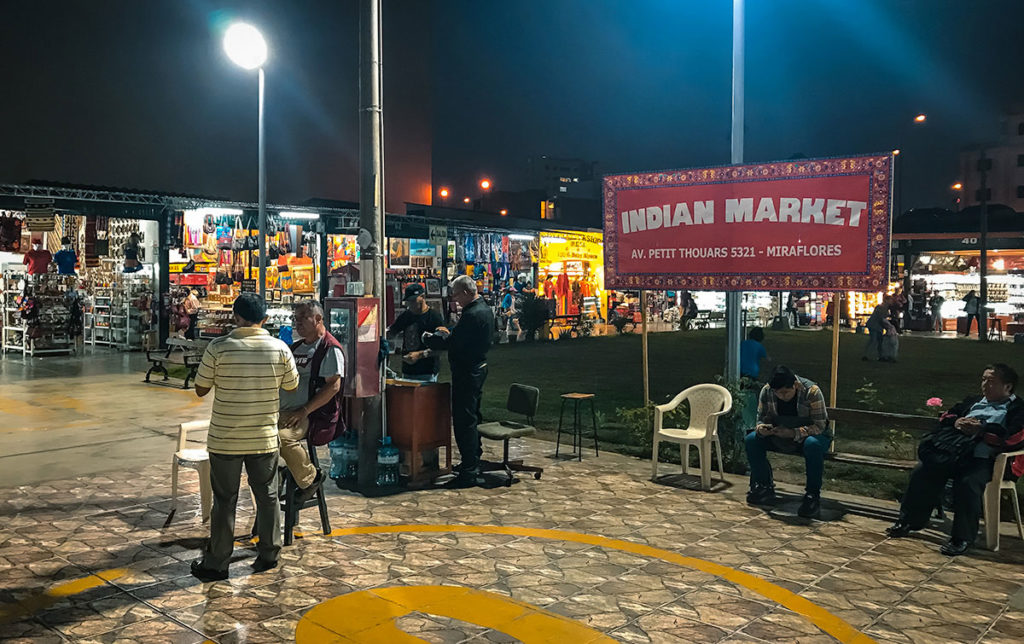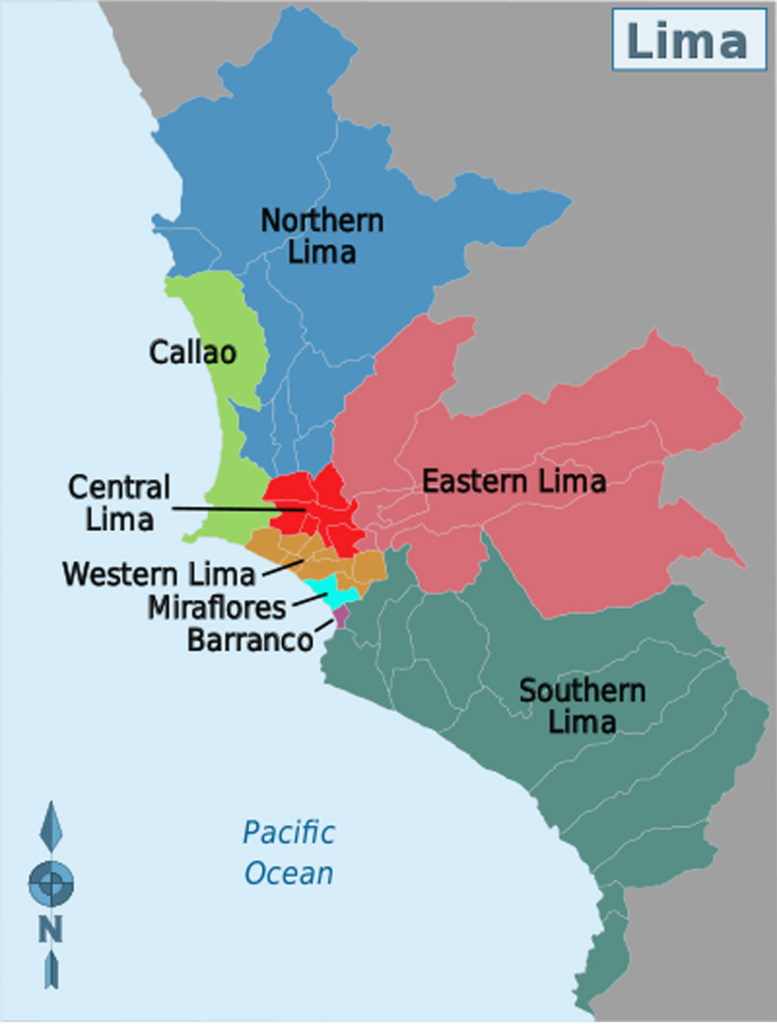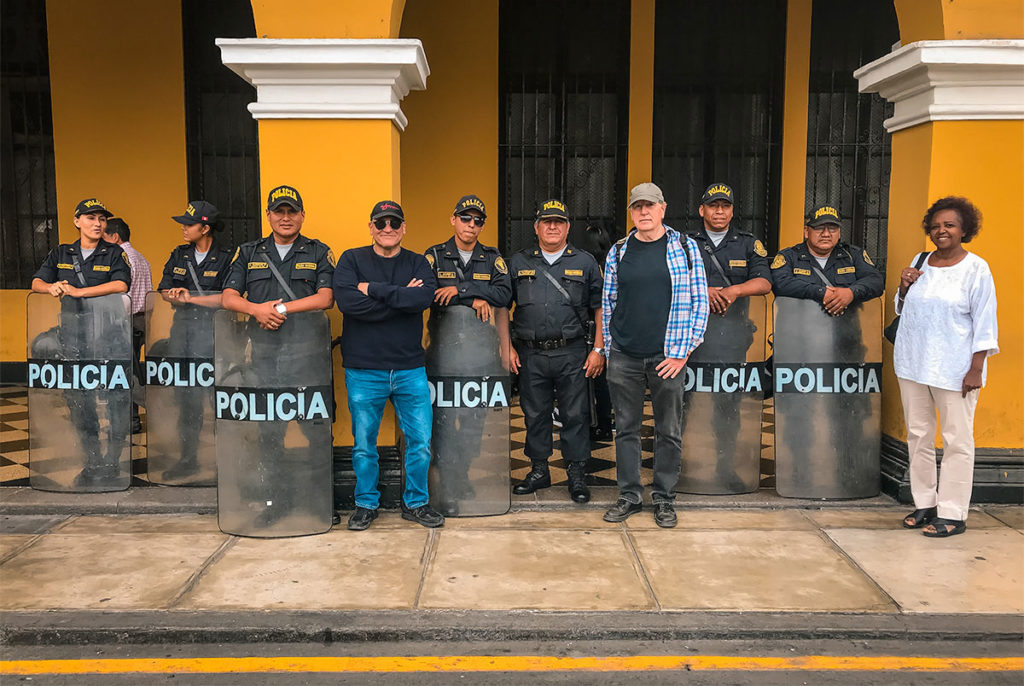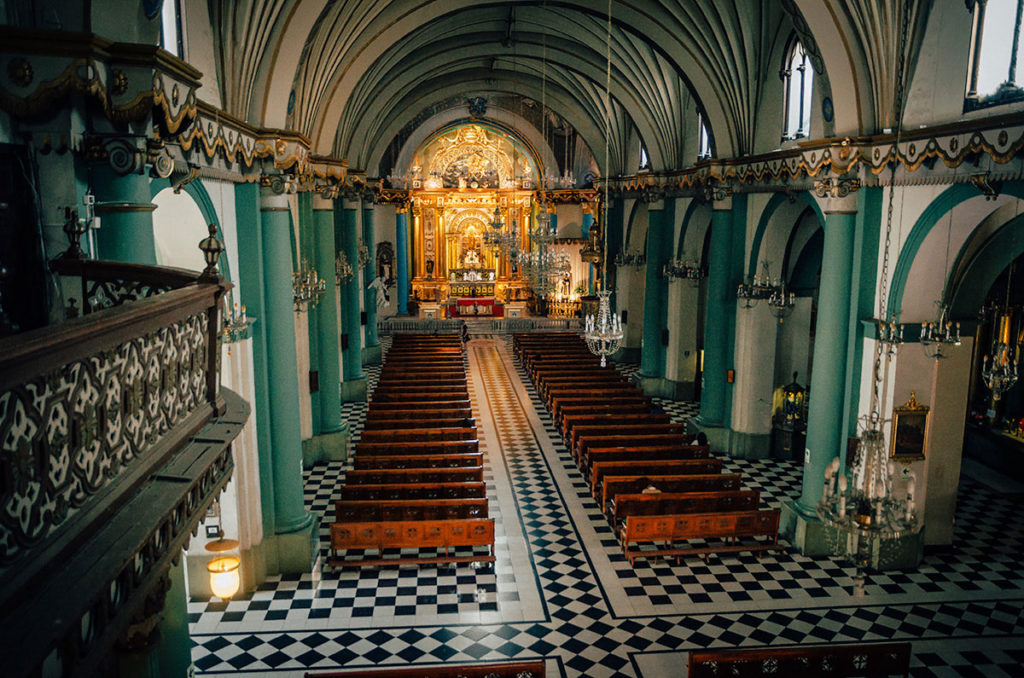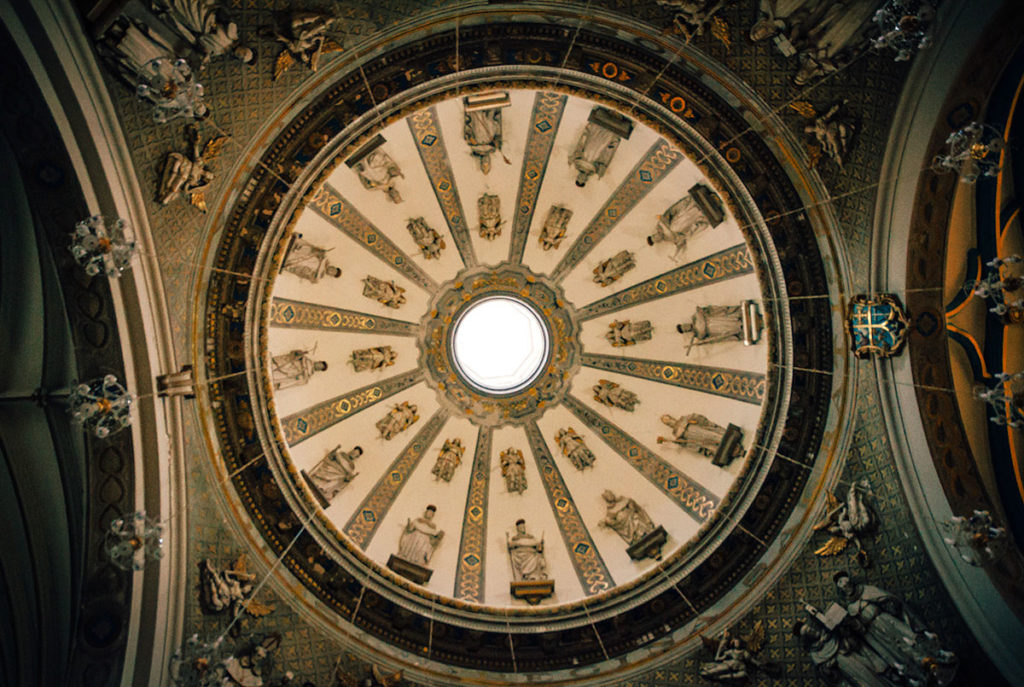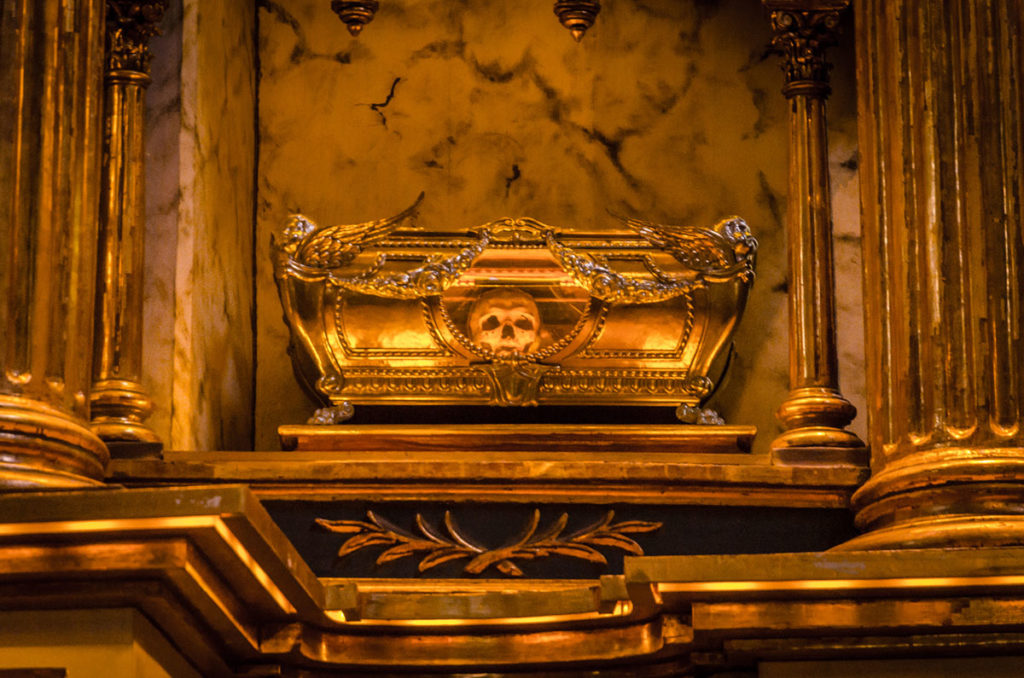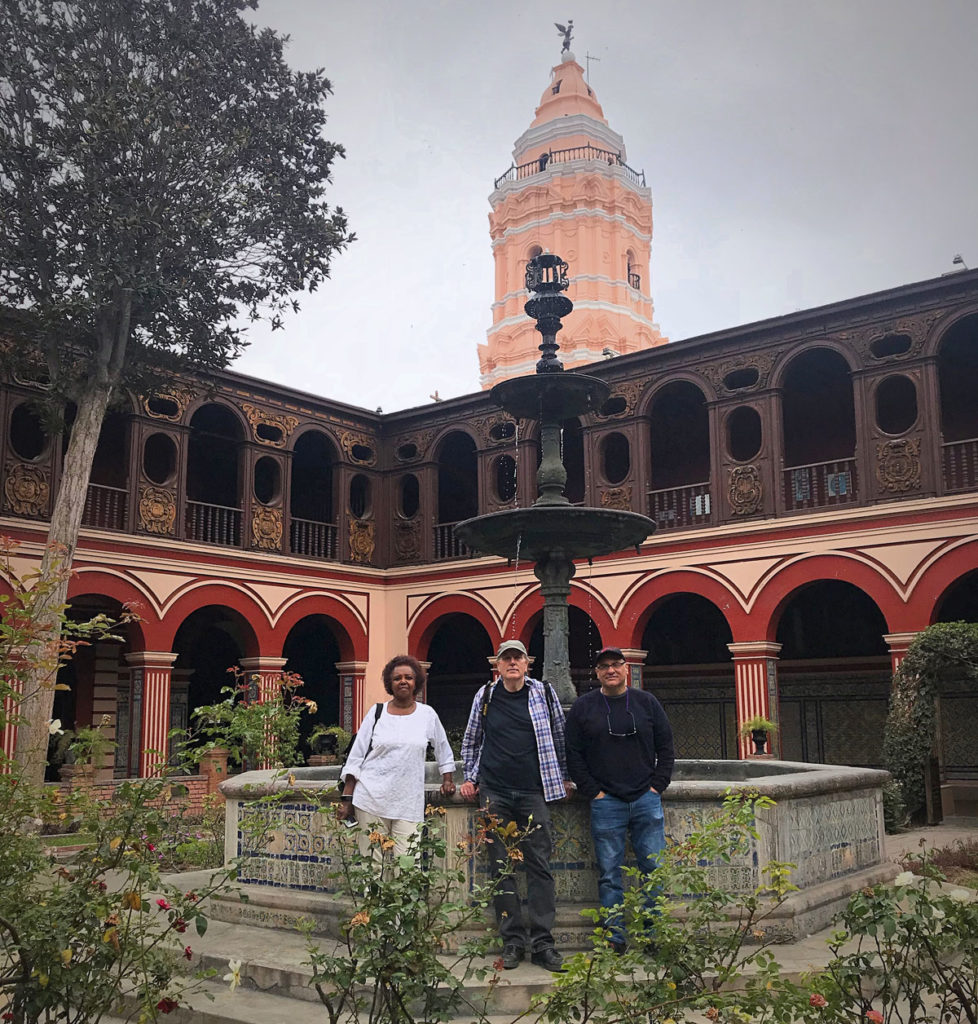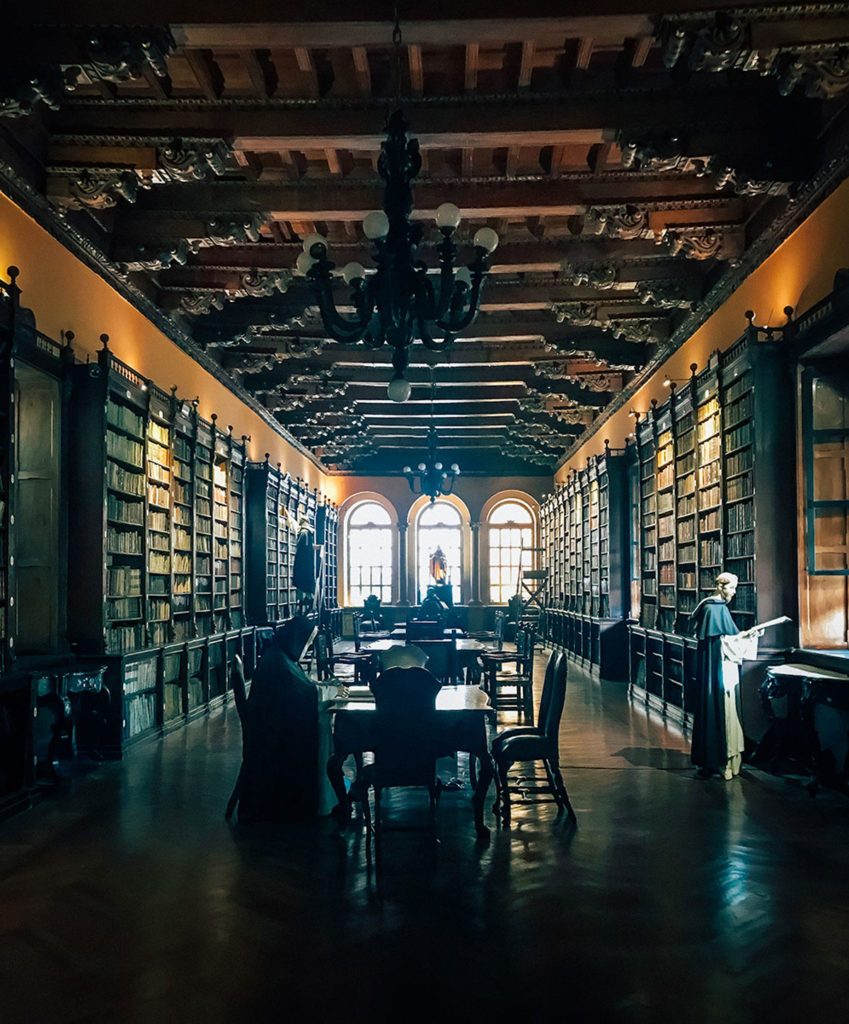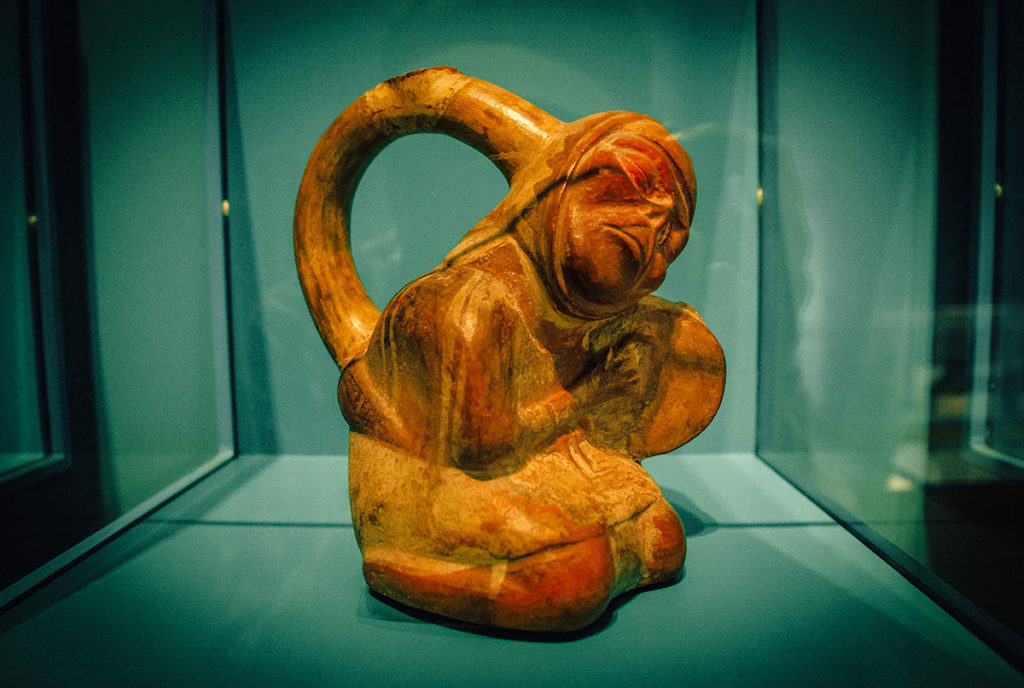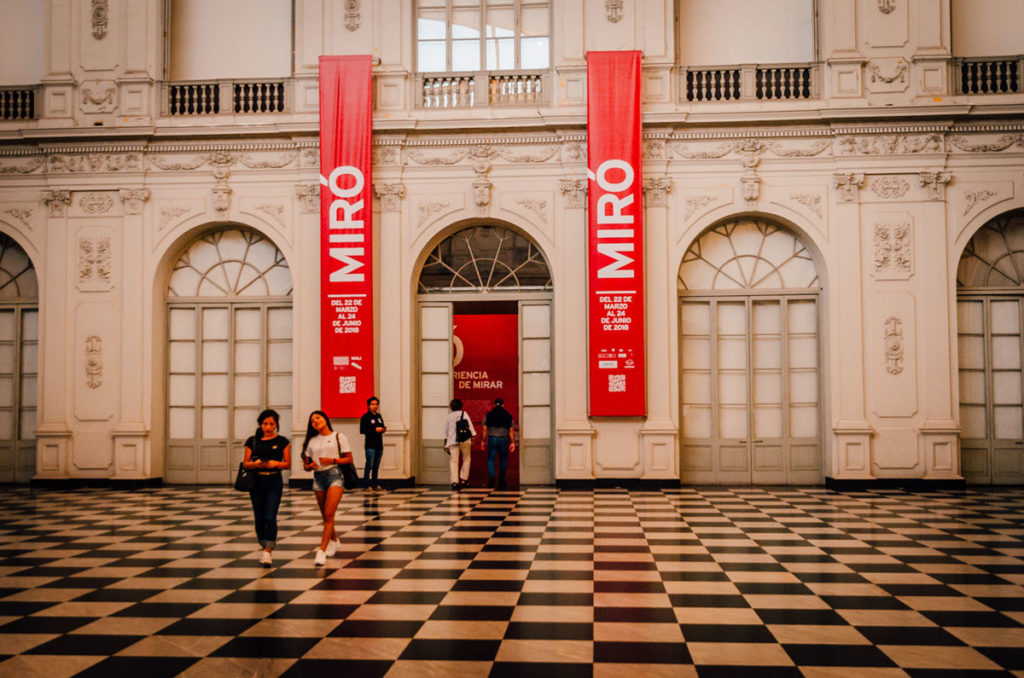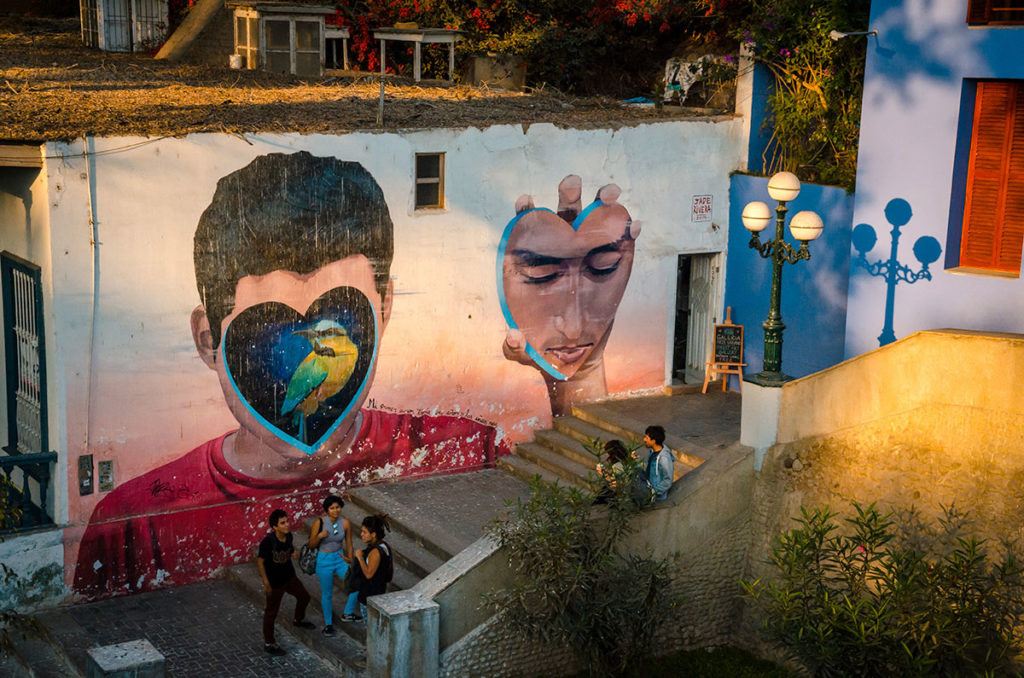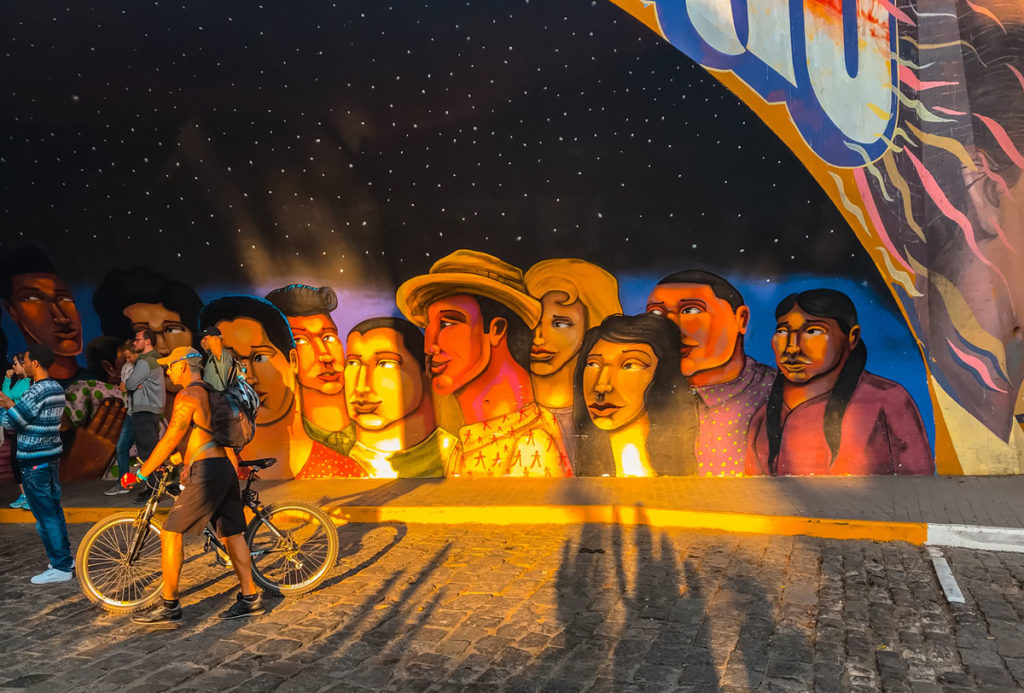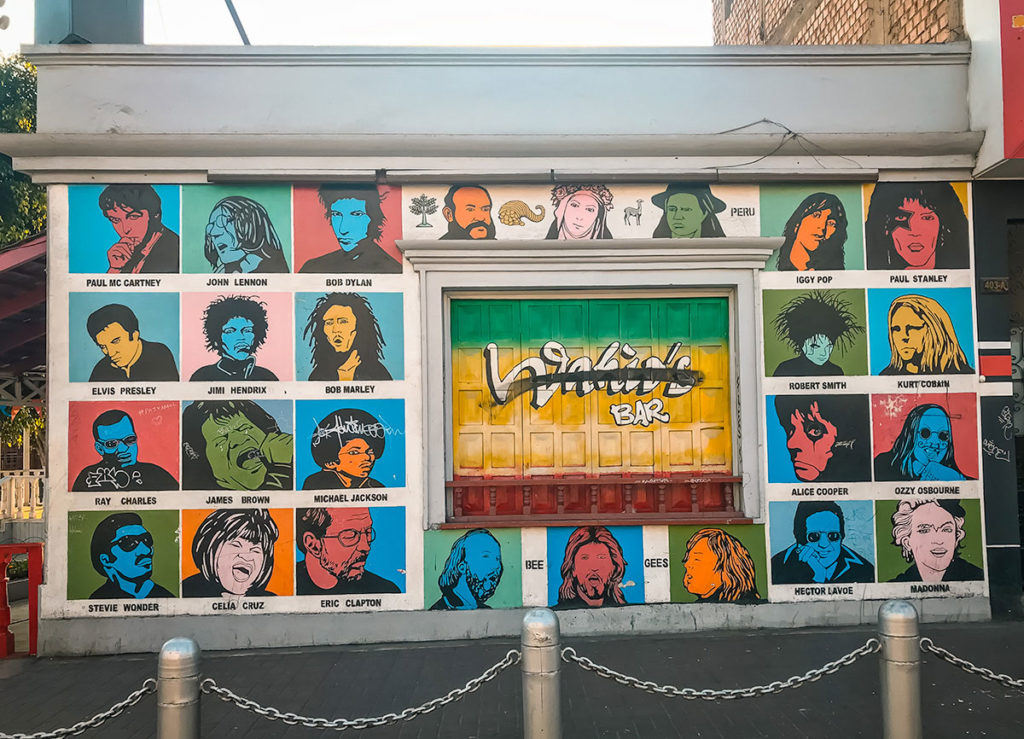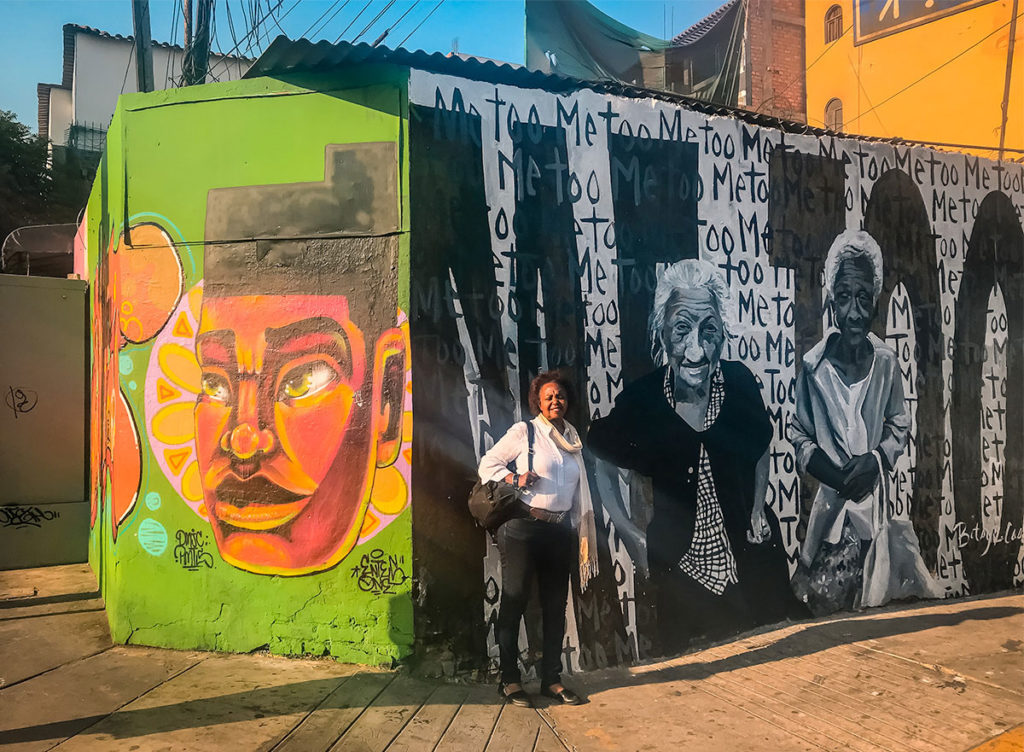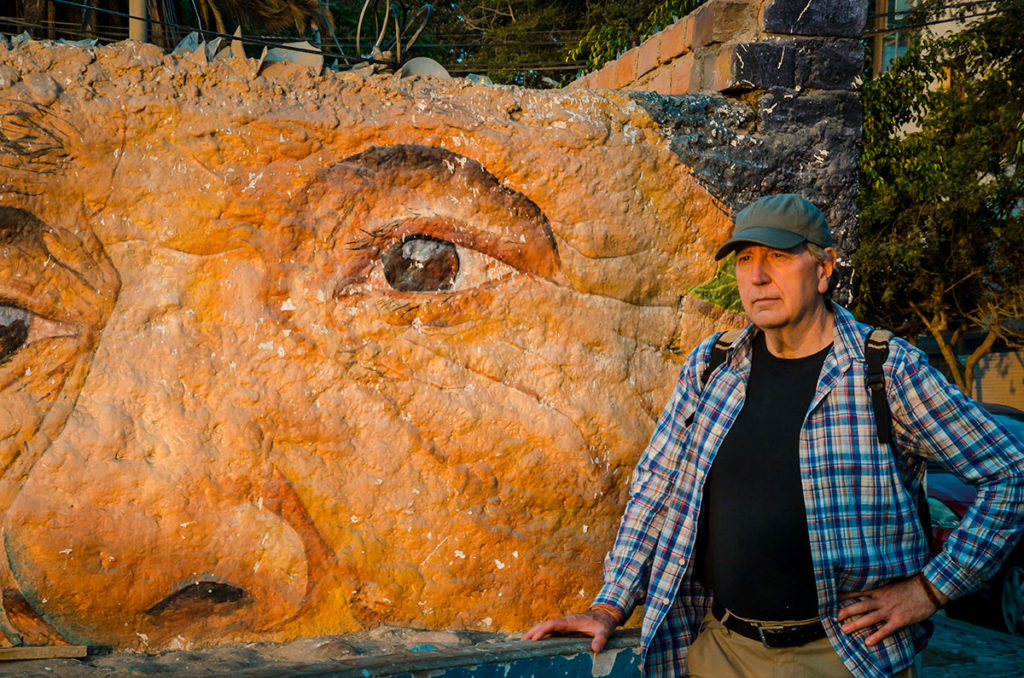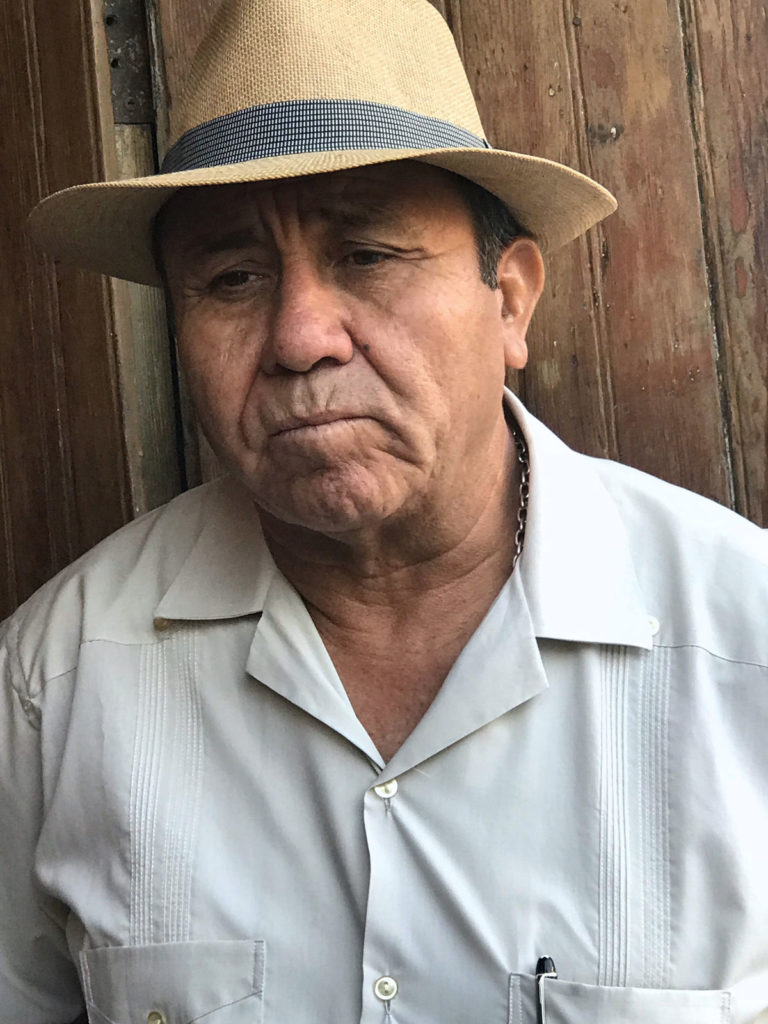Introduction
We were on both a high and a low in Lima. The high was from just finishing the Inca Trail to Machu Picchu. The low was from just finishing the Inca Trail to Machu Picchu as we were still tired from the effort. With this frame of mind, we made the most of our two full days in one of the biggest cities in South America.
We had no desire to go to the beach along the Atlantic coastline.
We did not have time to go in every interesting church we passed, such as San Agustin.
We spent only a few minutes in the famous Indian Market in Miraflores.
While we only touched the surface of Peru’s capital city, we did visit captivating places.
Our Story
In early May 2018, my wife Khadija, our friend Nick and I flew to Lima from Cusco after finishing hiking the Inca Trail. After Lima, Nick returned to work in New York and Khadija and I flew to Colombia.
Background
Peru’s commercial, industrial, and political center is its capital city, Lima. The population of Lima makes up a fourth of the entire country and has seen rapid growth throughout its history. Lima was founded by the Spanish in 1535, but there were civilizations living there for around a thousand years before. Many of the physical manifestations of those civilizations were destroyed by the Spanish while they were colonizing the area and establishing Lima as the capital of their colony. There were many colonial buildings constructed on top of Inca and pre-Inca ruins, though a few sites still remain.
Most of Lima’s 43 districts are not often visited by tourists because they are rural or located in the desert or mountains. We spent most of our time in two of the most popular districts: Central Lima and Barranco.
Central Lima
Central Lima is the city’s historic district. Many of the sites in this district were the most important buildings when constructed and have been painstakingly preserved. They are still used by the government, church and private owners.
Plaza de Armas
The Plaza de Armas is the most impressive area of Lima, with distinguished landmarks including a central fountain, the Government Palace where the president lives (pictured at the beginning of this post), other government buildings and the Cathedral of Lima.
The area is heavily policed because of the importance of the surrounding buildings. Here we are standing with a row of police by the Municipal Palace of Lima, the equivalent of City Hall.
The Cathedral of Lima, after four major earthquakes in five centuries, is still standing.
The Cathedral houses the tomb of none other than Francisco Pizarro. He was the conqueror of the Inca empire and founder of the city of Lima. He and his soldiers brought smallpox which wiped out a majority of the native population, destroyed a large part of cities, forced conversion to Christianity and practically enslaved the local people. All during this time, he and his brothers became fabulously rich.
Basilica and Convent of Santo Domingo
The Basilica and Convent of Santo Domingo were founded in the 1530s and finished 50 years later. Throughout its history, the church added cloisters and other buildings. Episodically, it had to be rebuilt because of earthquakes, resulting in a not-unattractive variety of architectural styles.
The rooms include the grand rib-vault nave…
…the huge neoclassical dome featuring 12 angels…
… the skulls of saints, encased in glass, in a shrine to the right of the main altar…
…a crypt with human bones in a floor covered by glass…
…the bell tower with excellent views of Lima…
…one of the three cloisters with the complex’s Pink Tower in the back…
…adorned by Seville tiles called azulehos…
…and a library with over 25,000 books.
Some facts we learned…
The bell tower stands at 150 feet (45 meters) and is the prominent feature of the church. The pink color of the exterior of the church and the bell tower gives the church its nickname of the Pink Tower.
The Santo Domingo complex is also known for housing the remains of two very important saints, Santa Rosa and San Martín de Porres. Santa Rosa is the patron saint of Lima and the first person born in the Americas to be declared a saint by the Catholic Church. San Martín de Porres is the first mixed-race saint to be canonized by the Catholic Church and was a beloved figure in Peru during his lifetime.
Museo de Arte (MALI)
The Museo de Arte de Lima holds the foremost collection of representative art in Peru. The collections trace back through Peru’s history from today to the first Andean civilizations in the area around 3,000 years ago. These rooms run chronologically through the history of art in Peru starting from the Andean and Pre-Columbian civilizations. We found it well worth spending at least a couple of hours in.
One of the many interesting pieces I liked was this ceramic bottle in the shape of a man playing the drum, made sometime between the first and seventh centuries.
MALI has temporary exhibitions as well. We were lucky to see one of the paintings of Spanish and Catalonian painter Joan Miro.
Barranco
Barranco is the artsy, bohemian neighborhood of Lima and the most colorful district. This is where many of Peru’s most famous writers and artists lived during the 20th century, It still draws many creative persons looking for inspiration. We stayed here as this is the type of neighborhood we prefer. Many buildings and public structures are covered in murals, including this wall with a face and heart…
… a bridge completely covered…
… an underpass with faces of Peruvians…
…the wall of a bar…
…an intersection
…and a wall catching the sunset light…
There are street musicians always around, entertaining the crowd for tips. In our trip, we found that Michael Jackson is still quite popular in Peru and Colombia. There were several days we heard his music.
Barranco was the residence of the wealthy during colonial times. Much of the architecture from this time still survives in the mansions. Many have been renovated, though others are in disrepair or not lived in.
While we walked around the public art and trendy bars, we noticed the neighborhood is full of interesting people…including this man in the straw fedora…
…and this young lady leaning on the fence of a porch.
Cuisine
In the last decade or so, Peru and Lima have been recognized as having interesting and sumptuous cuisine. Part of the appeal stems from the many different ethnic influences including Italian, Chinese, Japanese, African and Spanish traditions, blended with flavors of locally grown foods (hundreds of potato types), river and ocean fish, and spices (chincho, huacatay, paico and so many more). We went to one restaurant of note, the Huaca Pucllana Restaurant which takes the name of the archeological site next to it. We thoroughly enjoyed classic Peruvian dishes while viewing 1,500 years old ruins from the terrace.
Final Thoughts
I expect to be in Lima again in order to further experience it. This was our last stop in Peru for us. Khadija and I afterwards flew to Colombia to explore its major cities.

